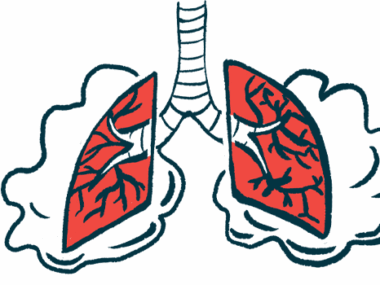Care May Prevent Airway Swelling in HAE Patients During Surgery
Written by |

Special care must be taken with surgeries under general anesthesia in people with hereditary angioedema (HAE) to avoid dangerous swelling in the throat.
A trio of researchers in Korea highlighted these considerations in the study “An anesthetic experience of hereditary angioedema type I patient undertook total laparoscopic hysterectomy – A case report,” published in the journal Anesthesia and Pain Medicine.
HAE is caused by genetic mutations that lower the levels or lead to the production of a faulty version of a protein called C1-inhibitor (C1-INH), ultimately resulting in swelling attacks. Attacks that affect the throat can be especially dangerous, as they can compromise a person’s ability to breathe.
With surgeries that require patients to be placed under general anesthesia, intubation is common practice. When a patient is intubated, a tube is inserted down the windpipe to deliver air, as well as anesthetic medication, allowing clinicians to carefully control how much is administered and ensuring that patients receive enough oxygen.
This process poses a theoretical risk in people with HAE, since the physical abrasion of the tube moving down the windpipe can set the stage for a swelling attack.
Scientists described the case of a 59-year-old woman who underwent hysterectomy, a surgery to remove the uterus. The woman had been diagnosed with type 1 HAE in her 40s.
In the year prior to surgery, she had no swelling attacks. She had been taking Danocrine (danazol), an approved HAE treatment, over that year at a dose of 100 mg per week for symptom control.
Given the risk posed by surgery and intubation, a number of preventive measures were employed. On the day before surgery, the patient was treated with Danocrine at double her usual dose (200 mg).
Once under anesthesia, she was given three pints of frozen plasma. Plasma, the non-cellular part of blood, can be administered to increase C1-INH levels in the body.
Throughout the procedure, the patient was monitored for signs of swelling in the neck, and special care was taken when the tube was placed and taken out.
“Upper airway stimulation should be avoided as much as possible to ensure safety,” the researchers noted.
The surgery was completed with no swelling attacks. Since there was a possibility that swelling might occur shortly after surgery, the woman was closely monitored over the following day, but she had no swelling. She was discharged from the hospital four days after surgery.
The patient reported some swelling in her feet a few weeks after surgery, which resolved within a month.
“[Preventive treatment] and on-demand treatment are important since airway [swelling] can be induced by surgical stress. In addition, careful observation after surgery is necessary to rapidly detect delayed [swelling] manifestations,” the researchers wrote.






